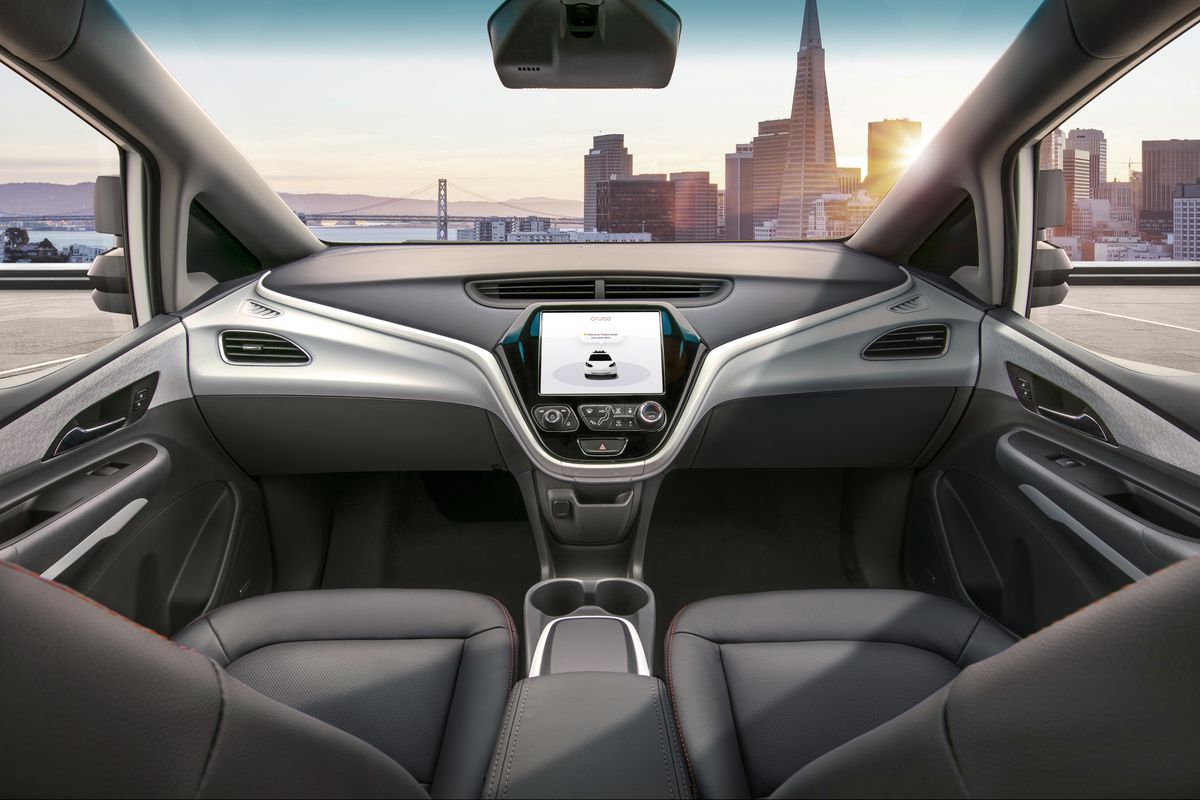
This whole idea is kind of interesting. We are starting to see the emergence of driver-less vehicles, but we’re not at the point where we can actually have a vehicle without a driver. It’s quite the dichotomy, isn’t it? These cars are being designed to provide an alternative way of driving. But instead of being able to get out of the driver’s seat, we currently have an advanced “driver assist” system. Which means, people still have to “drive” these driverless cars. Unless you don’t. One driver in the UK decided that he didn’t need to be in the driver’s seat. Safety be damned. While the driver wasn’t fined, he did receive an 18-month driving ban from being able to drive his Tesla.
So what’s the big deal? He did have Autopilot running. You might remember a car crash involving a Tesla Model S, back in January. It was going 65 miles per hour and crashed into a fire truck. The driver was unharmed and was using Autopilot. Again, what’s the big deal? Regardless of who is driving, there is no way to guarantee that a car can safely drive itself in all conditions. Which is why a human being is needed in the front seat. It’s for the safety of everyone on the road. Not to mention, these cars are far from perfect, and they may never be. Rather than looking at it from the perspective of “driver-less”, we should be focused on the fact that they’re semi-autonomous. Meaning that they require someone to help with the navigation from time to time.

Back in 2016, a Tesla owner died when his car was driving autonomously and failed to detect a semi across the road ahead of it. I am not trying to put any kind of blame on Tesla by any means. Tesla is currently a leader in this regard, so of course, there are going to be some kind of bumps in the road. No pun intended. The whole idea of semi or fully autonomous vehicles is a way to make our lives easier like I said. But the technology that is being developed still needs to be tested to ensure that it is safe. Think about it. You wouldn’t get on an airplane that had a brand new type of automated landing system, without it having been previously tested. So how is this different?
It’s not. Robotics experts believe that just like providing a license to a human, there needs to be some kind of system in place to ensure that cars aren’t put on public streets before we fully understand what the impacts might be. This isn’t to say that automakers shouldn’t continue pushing the boundaries and finding what these solutions might be. On the contrary, these automakers need to do just that. But we, as the public, can’t be used as guinea pigs to test this kind of technology.

There is the theory that driverless cars will save lives, reduce traffic and improve the efficiency of society. Think about it from this perspective. There are groups of people who can’t currently drive – people who are blind or with low vision, for example. Elderly folks whose licenses get taken away after they hit a certain age because they just don’t have the dexterity or vision anymore. With this kind of technological advancement, people might be able to be a bit more independent. Which is why I’m hopeful that this technology will make fast advancements. But if you are told to stay in the driver’s seat, even if Autopilot is on, you need to do so for everyone’s safety.



